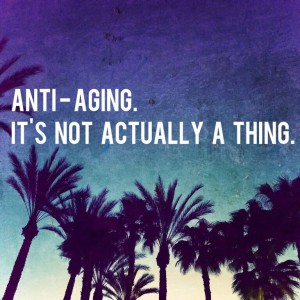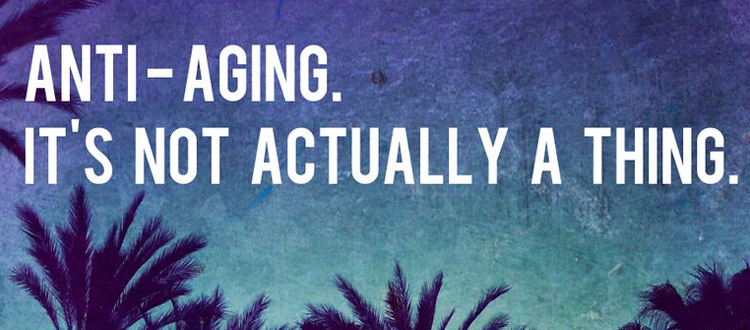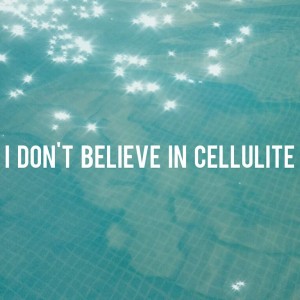Connecting the Dots Between a Healthy Body, Healthy Body Image & a Healthy Planet
Or, how I started taking better health into my own hands, literally.
 |
|
Milena Placentile Sole Proprietor |
As a pre-schooler, I loved baths so much that I remember dumping bright pink powder into the tub and hopping in unsupervised. My fascination with soap became inspiration for my sixth grade science fair project. Specialty bath and body boutiques were on my radar by grade seven, and I insisted on visiting them in any shopping mall so I could soak up the scent of the things I wanted but couldn’t buy. I secretly purchased lipstick in grade eight – the shade was unflattering, and it smelled like a bottle of weird perfume, but it was $1.00, and I was thrilled. I selected a new scent of body wash from drugstore sale bins when I wanted to escape the stress of juggling too many classes with too many part-time jobs.
In the late 1990s, I read a forwarded email about the presence of lead in lipstick. I wasn’t sure what to believe, but this information stayed at the back of my mind, percolating. Before I knew it, I found myself wandering the aisles of health food stores, once again coveting products I wanted but couldn’t afford. However, on those occasions when I did splurge, I noticed a difference: the skin on my arms and legs were no longer flaking due to dryness; my scalp was no longer itchy and my hair was less greasy; I stopped getting canker sores. These products really were better, and my body was my living proof but – caught between groceries and rent on one hand, and safer skin and body care products on the other – I had to make a choice. Over time, more information was beginning to circulate about the health risks associated with conventional “beauty products”, but the option to choose better products wasn’t any more accessible to me, and that didn’t feel right or fair.
* * *
I developed personal thoughts on feminism and environmental sustainability throughout my teens and 20s, as well as thoughts about the powerful influence of the mass media and global economics on pretty much everything. This combination of interests led me to think about all the time, energy, and expense that goes into shaping the images and language used by the beauty industry. I was fascinated by the way unattainable standards make us feel self-conscious and insecure, establishing our willingness to buy solutions: the latest clothing and accessories, fad diets, cosmetic surgeries, etc. I thought about the investment that goes into designing product packaging and advertisements, stores, and websites so we can feel glamorous and part of a special club when we fork over our money. I also thought about how quickly that feeling of acceptance disappears when faced with the next onslaught of products designed to address newly created insecurities.
This is the part where I admit to spending money on anti-cellulite gels, breast-lift creams, tanning lotions, scar minimizers, under eye brighteners, elbow and knee lighteners all before the age of 25. But one day I saw an advertisement shaming women for having unsightly armpits, and I took pause:
Body problems invented by the multi-billion dollar “beauty industry”, body shaming through advertising and other media, and the promise of a better life through the purchase of “beauty products” are three stages in a cycle designed to go on forever, and ever.
This cycle is designed to become further entrenched as we age. Well before I had even one sprout of grey hair on my head, advertising told me I should be take measures to hide reality because I was worth it (or rather, because I’d be worth more if no one knew I had grey hair). Advertising also told me I needed to fight premature signs of aging, a ludicrous idea that sounds like we should wage war against our very own bodies.
And there’s more! While these products were perpetually striking down and rebuilding my confidence, they were also covering me with risky preservatives, drying alcohols, abrasive petroleum-based suds and “moisture”, and headache inducing scents. Once again, I took pause:
Why am I being made to feel bad about myself, then seeking to resolve these feelings by purchasing and using formulas that damage my skin, my hormones, my nervous system, and more?
There is an old saying that we must suffer to be beautiful. I decided to reject this cruel, destructive concept – my health, my state of mind, and the environment around me is too important to be weakened by harmful thoughts, habits and chemicals.
My education and career choices positioned me deep inside the professional art world, which was at that point becoming re-framed as a “creative industry” through the blurring of art as “idea” and art as “goods and service”. I figured that if art and design could be used by advertising agencies to generate images that encourage spending, art could also remind us of the ways personal experience shapes our understanding of the world … no purchase required.
For years I highlighted evidence of this through collaborations with living artists on exhibitions and events that looked at the ways our lives and imaginations are more infinite than the narrow world of selling and buying. I also participated in many areas of activism and community building, and always tried to connect it back to the arts. But, like so many other people, I was always exhausted and I wanted to indulge in a little self-care here and there to relax my body and calm my mind, but the way my efforts kept drawing me back into the beauty industry’s orbit was frustrating.
It must have been the constant process of imagining different ways of being in the world that pushed me not only to seek, but to create the alternatives I wanted. I said no to toxic ingredients that made my body feel unwell, no to healthier alternatives I couldn’t afford, and no to brands that I had grown to trust but were purchased by larger brands I didn’t trust at all.
I started making my own skin care products out of frustration, but in the process discovered a positive, productive outlet. Through the encouragement of friends, started to share them with others in 2009.
I juggled working in the arts with being a handmaker for a number of years after that, but I eventually found my handmaking practice felt more empowering on a personal level while radiating far more deeply into the lives and experience of others. And, although it surprised me at every step, I recognized that making and selling affordable handmade skin care products was a powerful way to engage with ideas that had always motivated me: feminism, the environment, media and consumerism.
Whereas art sometimes stopped conversations about social and environmental issues before they even started, making skin care products allowed me to have very real person-to-person discussions about things that directly impact our lives and the world we share.
Yes, art enters hearts and minds in ways that should never be underestimated, but when it came to my life and how I could contribute to the lives of others, it turns out skin care products was my real vocation.
Am I hyping this up too much? Maybe, but when I consider the trust that goes into choosing a product that will be applied with onto our own bodies using our own hands, I think about how making conscious choices reinforces – or rethinks – expectations about the world. For example, when we choose body care products, we can:
• remember that we are people, not consumers, and that our self-worth is stronger than marketing intended to harm our self-esteem
• reject toxic ingredients that maximize corporate profitability at the expense of our personal health and environmental sustainability
• demand that corporations take responsibility for what they sell, and push them to change their formulas through voluntary action and/or legislation

Skin and body care is about more than fitting into narrow definitions of gendered beauty established by corporations. Skin care is about personal care, so it can also help us establish healthy connections between well nurtured bodies, confident minds, and a sustainable planet treated with respect. Skin care thus extends to reflect the importance of cultivating healthy relationships between ourselves and others, and humans to the earth itself.
Funny as it may sound, I sometimes wonder if I chose to handmake healthier skin care products, or if healthier products chose me. Whatever the case, my personal journey has helped me build a mind-body-earth connection so I can live a healthier life, while at the same time helping others in their journey to do the same. I’m delighted to be a handmaker, and I’m honoured it resonates so far and wide. I definitely encourage others to embrace whatever they need to take better health into their own hands because the ripple effect helps us all.
Milena Placentile
Sole Proprietor / Handmaker, Just the Goods




